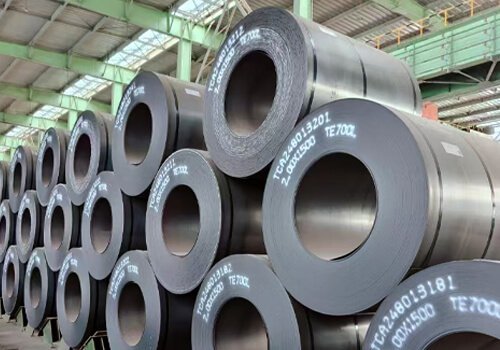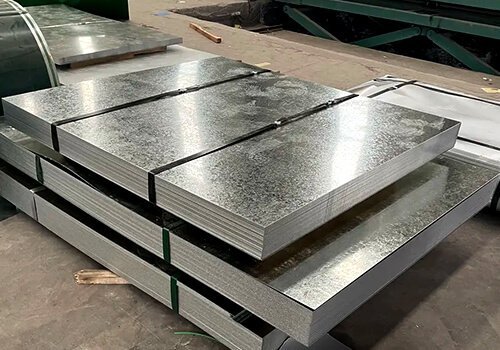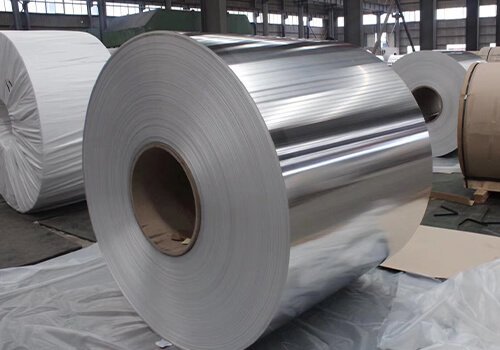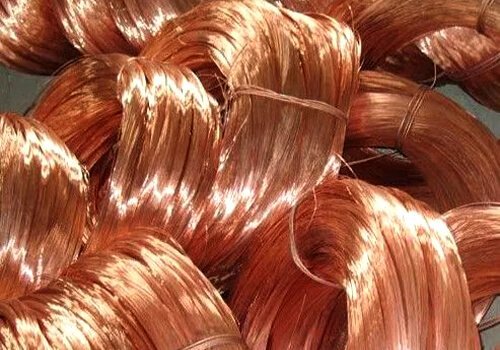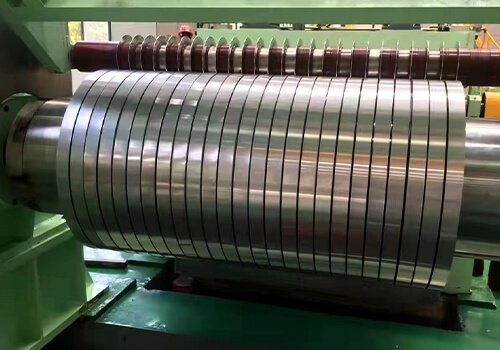Precise carbon to steel control is critical. Steel becomes brittle when there is too much carbon, whereas too little causes it to weaken. How is carbon added to steel? Understanding how to add carbon to steel offers maximum strength, longevity, and performance.
Carbon is added to steel mainly through the blast furnace process, electric arc furnace (EAF) refining, or secondary metallurgy techniques. In blast furnaces, iron absorbs carbon from carbon coke. In EAF, carbon materials like graphite are added. Secondary refining methods adjust carbon content to meet specifications. These techniques ensure optimal mechanical properties in carbon steel.
Let’s explore several techniques of adding carbon to steel and how they affect carbon steel strength and quality.
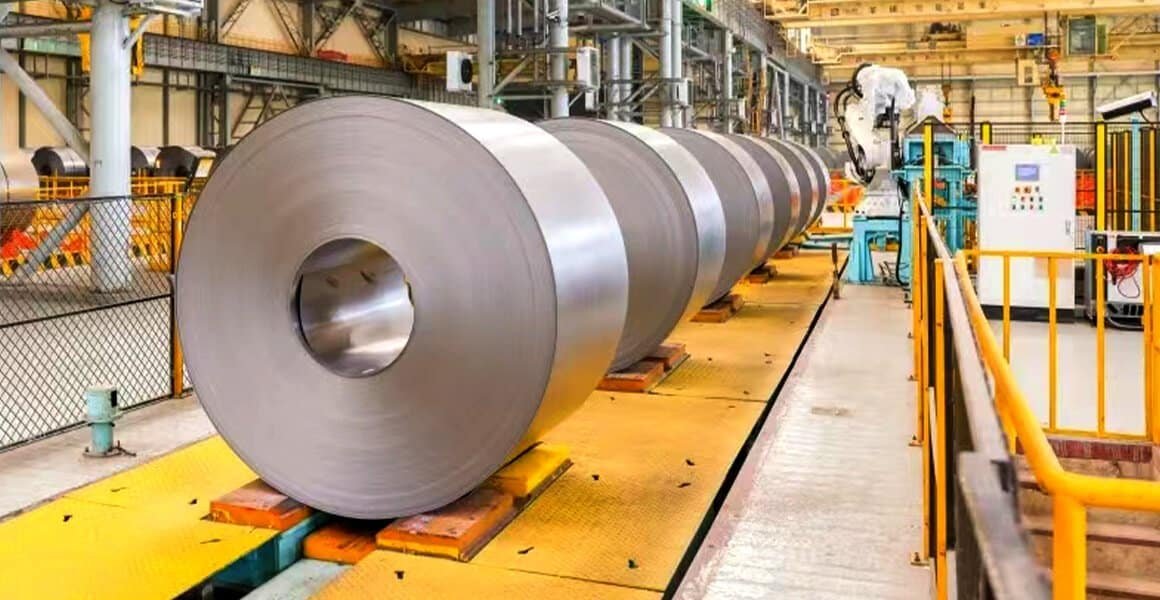
What Role Does Carbon Play in Steel and How Is Carbon Added to Steel?
Understanding what does carbon do in steel is critical when choosing the proper material for a variety of purposes. Carbon content has a direct impact on steel qualities such as hardness, tensile strength, ductility, and weldability. The appropriate carbon content guarantees that carbon steel satisfies the performance standards of diverse sectors.
Carbon boosts steel’s hardness and strength while decreasing ductility. Low-carbon steel is easier to weld than high-carbon steel, which is tougher but brittle. Balancing carbon content improves performance.
Carbon is the most important ingredient in углеродистая сталь because it changes the crystal structure, making it stronger and more resistant to wear.
- Low-carbon steel (0.05%-0.25% carbon) is soft and easily formed. It is utilized in carbon steel sheets, automobile components, and pipes.
- Medium-carbon steel (0.25%-0.60% carbon) is stronger and is used for carbon steel coils, railway rails, and gears.
- High-carbon steel (0.60% к 1.50% carbon) is exceptionally hard yet brittle. It’s present in carbon steel plates, blades, and carbon steel tubes.

How Is Carbon Added During the Blast Furnace Process?
The blast furnace method is one of the oldest and most efficient techniques to add carbon to steel while refining iron ore into molten metal. In a blast furnace, iron ore, coke, and limestone are heated, and the coke burns, releasing carbon monoxide, which reduces the iron ore to molten iron while adding carbon.
The fundamental component of this process is carbon coke, a high-carbon substance that combines with iron ore. Pig iron is formed when the iron melt absorbs carbon. This pig iron is further refined to adjust the carbon to steel ratio before being cast into carbon steel plate or труба из углеродистой стали. Modern blast furnaces precisely control carbon levels to create high-quality carbon steel sheet and carbon steel coil.
How Is Carbon Introduced in Electric Arc Furnace Steelmaking?
The Electric Arc Furnace (EAF) technology enables for exact carbon addition to steel, making it perfect for recycling steel and producing high-strength carbon steel. EAF melts scrap steel and iron using high-voltage electrodes. Carbon is added by using graphite, carbon coke, or carbon-containing alloys.
EAF steelmaking provides more flexibility than blast furnaces. Manufacturers can make specialty alloys by adjusting the carbon to steel ratio, such as high-strength carbon steel coil and durable carbon steel plate. EAF is frequently used to manufacture carbon steel pipe for construction and engineering purposes.
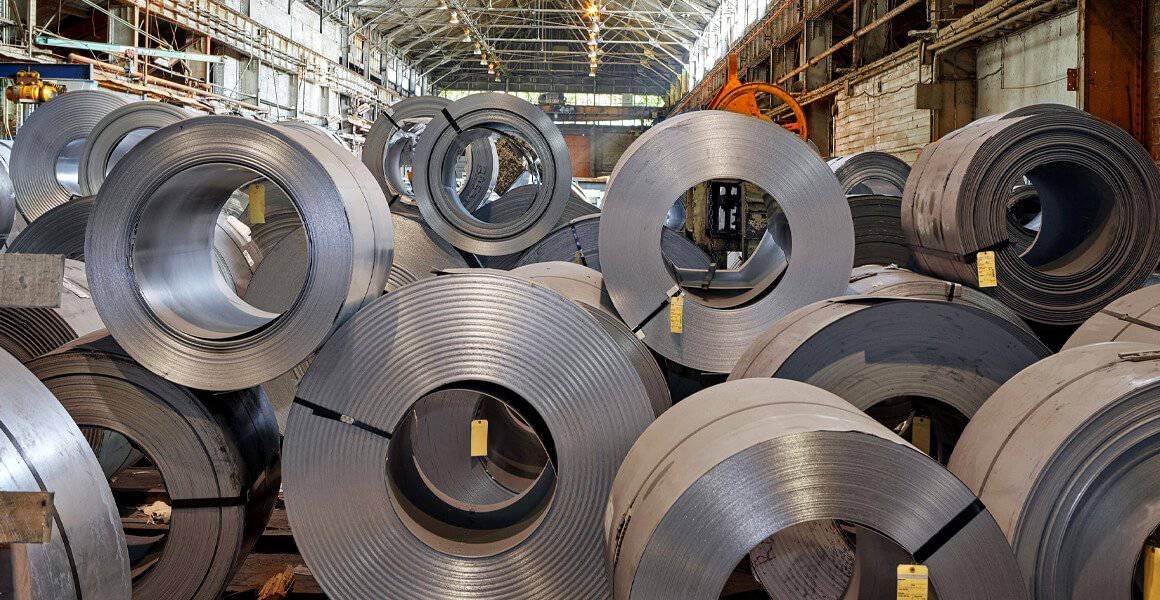
Can Carbon Content Be Adjusted After Initial Steelmaking?
After carbon steel is manufactured, secondary metallurgical processes are used to refine the carbon to steel ratio for specific purposes. Vacuum degassing, ladle refining, and wire feeding techniques allow for precise modifications to carbon steel characteristics, ensuring that exact standards are met.
- Vacuum Degassing: Removes excess carbon, resulting in ultra-low carbon steel sheet utilized in aerospace and automotive sectors.
- Ladle Refining: Fine-tunes carbon steel plate properties, ensuring uniform quality for bridges and heavy machinery.
- Wire Feeding: Introduces controlled carbon amounts to adjust hardness in carbon steel pipe for oil and gas pipelines.
What Are the Challenges of Adding Carbon to Steel?
While adding carbon to steel increases strength, excessive or uneven distribution can result in structural flaws. Too much carbon makes carbon steel brittle, while poor distribution causes weak areas. Advanced refining procedures guarantee homogeneity.
If the carbon concentration is too high, carbon steel plate may break. Insufficient carbon might result in carbon steel coils that lack the strength required for structural purposes. Modern steel factories utilize spectrometry analysis to regulate carbon levels and produce high-quality carbon steel sheet and carbon steel tube.

What Happens If Too Much Carbon Is Added to Steel?
Excess carbon in carbon steel reduces durability and machinability, making it difficult to weld and shape. High-carbon steel grows tougher but more brittle, making it prone to fracture under stress and difficult to weld. To prevent excessive carbon, producers soften carbon steel sheet by annealing. If a carbon steel tube contains too much carbon, it may need to be diluted with lower carbon elements.
Which Is Stronger: Carbon Steel or Mild Steel?
Carbon steel and mild steel have different strengths, depending on the carbon percentage and intended application. Carbon steel is stronger and tougher than mild steel because of its increased carbon content, but it is less ductile and more difficult to weld. Mild steel is utilized in carbon steel coils and carbon steel pipes because of its formability. High-carbon steel, often known as carbon steel plate, is utilized in tools and high-strength components that demand toughness.

Is Carbonized Steel Safe?
Carbon steel’s safety relies on its application, especially in sectors that need high purity levels. Carbonized steel is safe for structural and industrial usage, however it may not be suitable for food-grade applications due to impurities. Certain carbon steel pipe materials include impurities that render them inappropriate for use in food or medical equipment. Однако, пластина из углеродистой стали and carbon steel tube are commonly utilized in construction due to their high strength and corrosion resistance.
Краткое содержание
Understanding how to add carbon to steel guarantees maximum strength and longevity. Carbon steel is useful for a wide range of industrial applications due to its ability to avoid brittleness when properly controlled.


